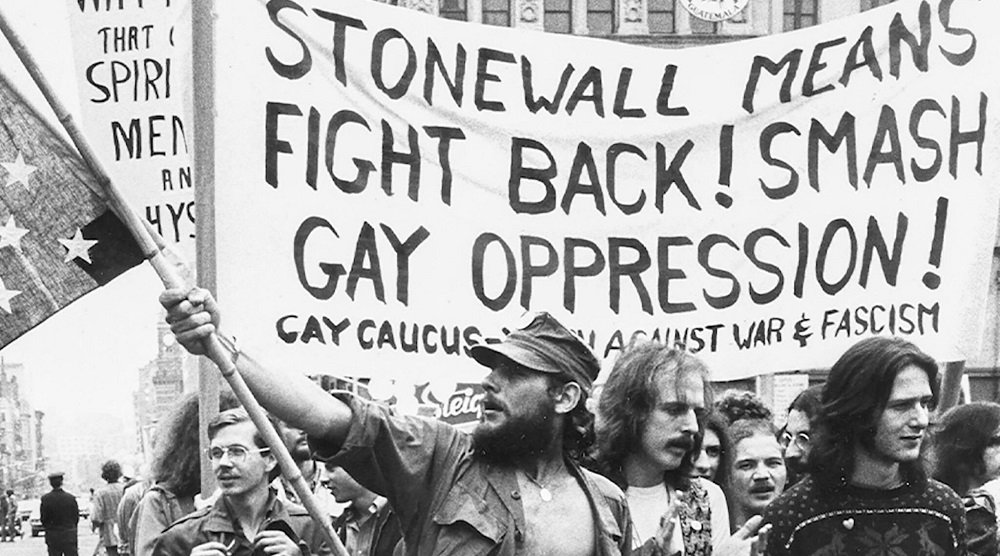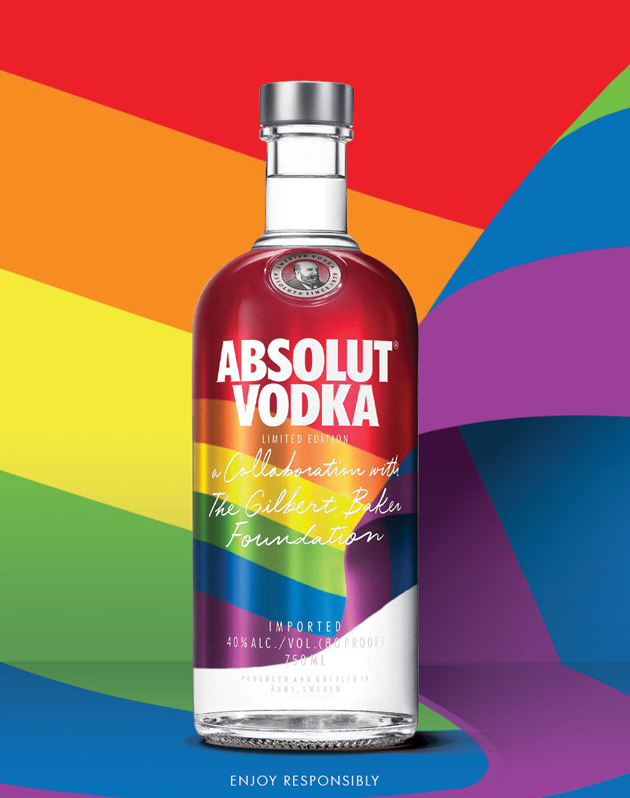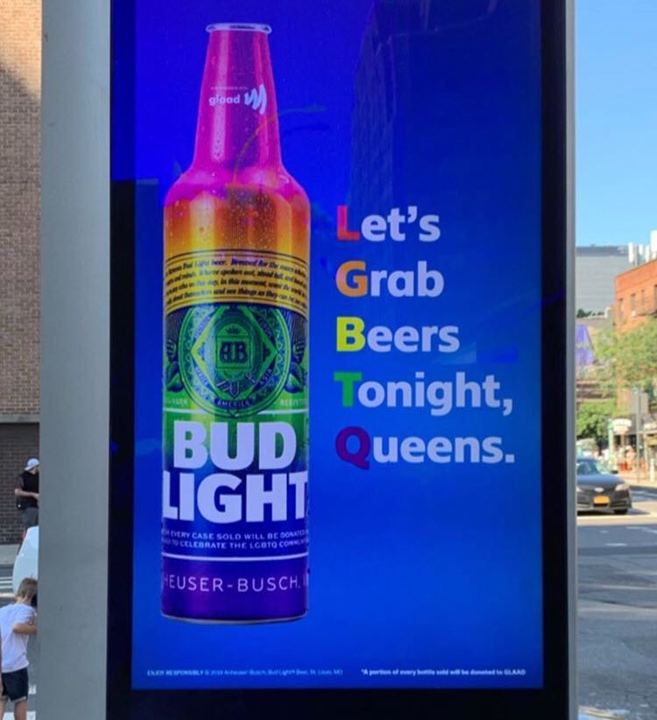Another year of Pride month has come and gone, the flags and bunting neatly folded back into thousands of company stockrooms.
The level of mass corporate acknowledgement of Pride we saw in 2021 was unimaginable even ten years ago.
On its surface, Pride is an uplifting ritual that earmarks societal progression—but for many within the LGBTQ+ community, increasing big business participation represents an erosion of the true meaning of Pride.
From appreciative to annoyed
Growing up as a queer person, seeing a rainbow flag in a shopfront meant something. Reading a gay-focused news article was comforting. Seeing someone who you could relate to on TV was uplifting.
Ultimately, any marketing towards our community was appreciated because it was scarce, not yet ‘cool’ or ‘mainstream’. You had a sincere appreciation for the ‘risk’ organisations took to demonstrate their allyship.
The rise of social media has snowballed social change for the LGBTQ+ community in the western world, creating a generation of socially conscious consumers and employees who care about the values of the organisations they buy from and work for, a reality many companies have realised and taken advantage of.
A recent study from P&G Marketing in collaboration with GLAAD found that 82% of respondents believed that LGBTQ+ inclusion in advertisements demonstrates a company’s value for all types of inclusion, in essence creating a ‘halo’ effect for that company.
But with increased commercialisation of the celebration lies an inherent disconnect. Brands that promote Pride and the LGBTQ+ community are not always consistent in actually supporting the LGBTQ+ community, either internally or externally, but still capitalise on consumers’ and team members’ goodwill.
As bright and fun as the annual rainbow events are, Pride is not a month-long ‘holiday’. Criticism of organisations’ ‘surface-level’ signs of support are long-founded, but this year more than ever public sentiment appears to have shifted from appreciative to annoyed, specifically on social media where products and campaigns are being ridiculed, placing some companies under a negative PR spotlight.

The core values of Pride
At the most basic level, Pride is an abstract, individualistic celebration of self-worth and dignity; it would therefore be naive to place an all-encompassing label on what Pride means.
However, there are two core values that unite everyone in its celebration: protest and visibility.
1. Protest = Absolut-ly
The Stonewall riots, which took place outside the Stonewall Tavern in Greenwich Village in New York City in the early morning hours of 28 June 1969, was an impetus in the modern gay liberation movement. That spirit of protest still hallmarks Pride events today, with parades primarily calling for social change.
Herein lies the first essential element of a successful corporate campaign. It is not enough to celebrate in June: marketing Pride means using your influence to protect and uplift the LGBTQ+ community year-round, to ‘protest’ or ‘advocate’ internally and externally, even when it may not be popular to do so.
As GLAAD President Sarah Kate Ellis eloquently put it, ‘You have to join the movement, and that’s a social justice movement. You need to speak out when there is bad legislation, especially when you have outsized influence.’
Absolut Vodka is the star pupil when it comes to approaching Pride. It was the first big brand to commit to and pursue the LGBTQ+ market by being the first continuously present major brand in gay media. The brand benefited from a harmonised, authentic internal and external message that ‘some people don’t want to follow the crowd’.
In 1981, while many others shied away from advertising to the gay community, Absolut placed advertisements in popular gay men’s magazines of the time, The Advocate and After Dark.
These were followed up with events and donations to charities and causes.
Absolut’s efforts continue to this day. It recently sponsored RuPaul’s Drag Race, and its Rainbow Bottle, created in collaboration with the original designer of the LGBTQ+ flag, Gilbert Baker, is a mainstay on spirit shelves.
As social media exposes brands to consumer criticism outside traditional media, brands should be increasingly mindful that their actions are frequently perceived as counter-productive for the social movement—that they will face backlash.
The Keep Your Pride campaign this year spotlighted many large corporations, including AT&T, The Coca-Cola Company, and NBCUniversal, who all contributed to American lawmakers who support discriminatory, anti-trans legislation.

2. Visibility = Representation still matters
The other core element of Pride is visibility. Meaningful representation at all levels of the corporate structure is vitally important.
Mainstream corporate Pride events are often criticised for their singular celebration of cis-gendered gay and lesbian individuals and couples, who could be considered ‘palatable’.
This does not reflect the diverse LGBTQ+ community, specifically transgender, non-binary, and people with intersecting identities, such as queer POC and queer disabled individuals, who still face discrimination within companies and in public.
In considering what your organisation could do, you should ask the following questions:
- Does my organisation use gender-inclusive language or gender-exclusive language, e.g. ‘Dear Sir/Madam’?
- Does my organisation provide sufficient support to individuals who are transitioning while in the workplace?
- Does the workplace have gender-neutral facilities (e.g. bathrooms)?
- Does my organisation communicate LGBTQ+ events and profile trans and/or gender non-conforming people in employee communications?
- Do senior leaders send strong messages about their commitment to trans and gender non-conforming equality?
- Does my organisation financially support/uplift LGBTQ+ organisations?
- Is my organisation consistent in representation in every region/jurisdiction (e.g. Europe, Asia)?

Just throw a rainbow on it
Despite often well-intentioned strategies by in-house teams, perhaps the greatest faux pas of distasteful Pride campaigns is surface-level use of queer aesthetics and language by brands not expressly linked to the movement.
Undoubtedly, the camp, extravagant, and pithy aspects of queer culture can lead to the creation of eye-catching products and moments that capture consumers’ imagination. But for Pride values to be displayed tastefully, it is also imperative that organisations’ Pride efforts are culturally sensitive and in keeping with the communities’ attitudes towards their brand.
As American writer and academic Chris Stedman put in a recent interview with CNN when asked about tokenistic Pride campaigns: ‘While it may be comforting to some, it also makes a lot of other LGBTQ feel like we’re valued only because the sands have shifted, and that is the only reason we’re worth celebrating… it’s as if we’re not even worth actually getting to know.’
Budweiser’s 2021 campaign is a prime example of this. The use of the rainbow flag and the LGBTQ+ acronym appear slapped on and distant, with no real meaning or call to action. The use of ‘queens’, a popular term of endearment used predominantly by members of the community, feels awkward and out of place.
Action is needed
Corporate Pride celebrations are here to stay, with the benefits to the brand’s public perception undeniable.
But as these campaigns increase in scale and frequency, organisations’ true intentions will justifiably face mounting scrutiny. Companies would be well served to reconsider their approach to Pride celebration, recognising that it should not be limited solely to the month of June.
To truly support the LGBTQ+ community, they must ensure that values are lived internally, LGTBQ+ visibility is fostered and encouraged, and lazy, superficial appropriation of queer culture is wholeheartedly avoided.

About the author
Kelan supports 360’s public affairs and corporate activity. An enthusiastic and results-driven member of the team, he has a keen interest in Irish and European politics. Before 360, Kelan gained experience in the tourism and banking sector. He is also an alum of the Washington Ireland Program, where he interned on the campaigns team at a strategic communications agency in Washington DC.
Cover photo credit: Dublin Pride flags and umbrellas on Ha’Penny Bridge, Dublin (Niall Carson/PA)
